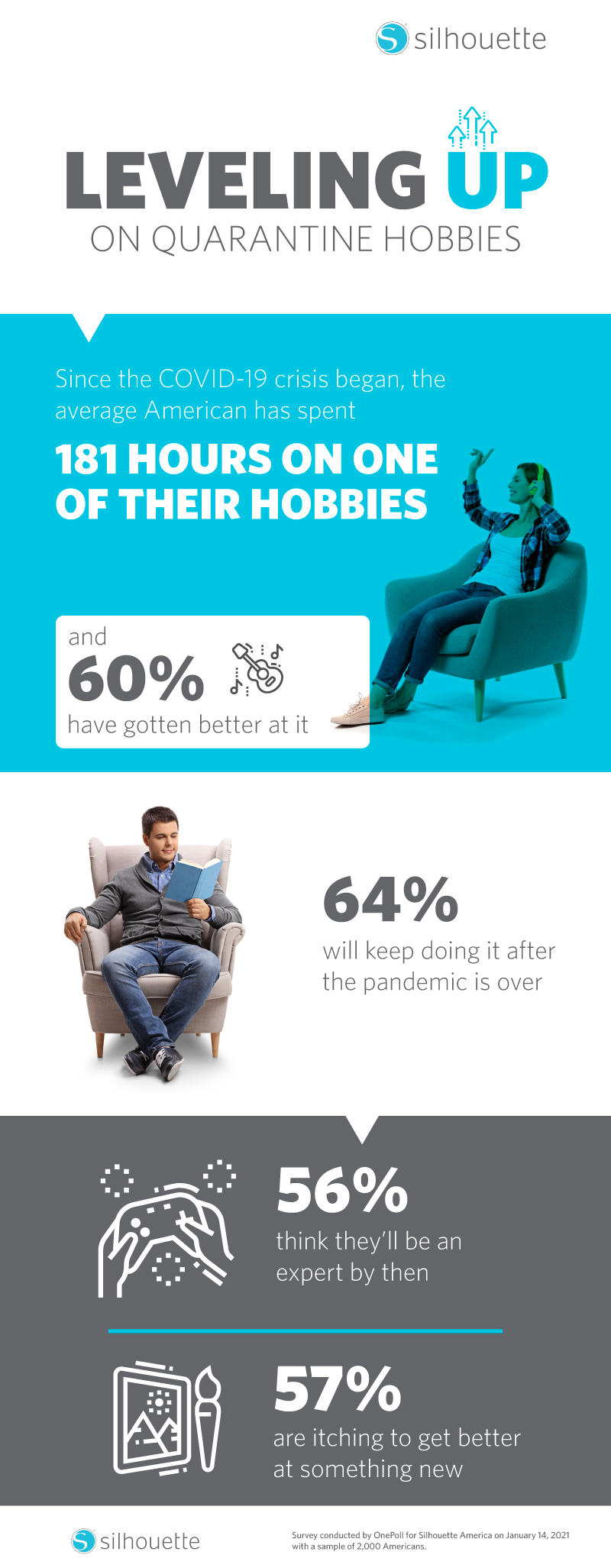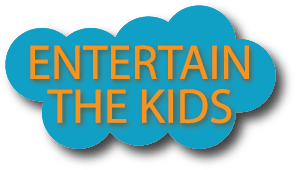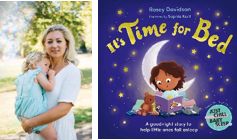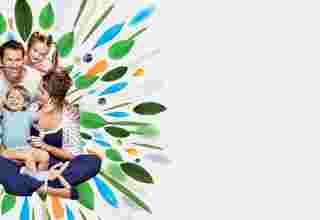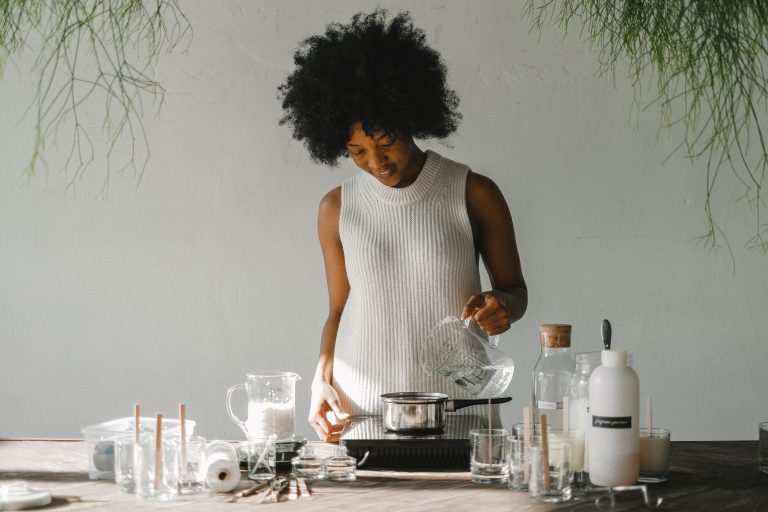
By Victoria McNally // SWNS
Six in 10 Americans have “leveled up” in one of their hobbies since quarantine began, according to new research.
A recent survey of 2,000 people found that 60% have improved their skills in one or more of their hobbies since the start of the COVID-19 pandemic last March, and that 56% expect to be an “expert” by the time life returns to normal.
Respondents took up an average of three new activities overall, citing improvements in active hobbies like running or yoga (35%), preparing food (34%) and making art by painting, sketching or drawing (34%).
Conducted by OnePoll on behalf of Silhouette America, the survey also asked respondents to use a standardized competency proficiency scale to rank their previous and current skills in their most-improved hobby.
The typical respondent said that at the start of quarantine, they’d have ranked themselves as a 1 — meaning they had a functional awareness or basic knowledge of their activity.
Ten months later, the typical respondent would now rank themselves as a 3, meaning they have intermediate skills that they’re able to use in practical application.
So how do you know you’ve gotten better at something? Of those polled, 48% say they make fewer mistakes or can fix them more easily; 45% said they work more quickly and efficiently; and 45% said they’ve noticed mental improvements, like better memory or focus.
Survey-takers also shared some of their proudest hobby-related accomplishments over the past year, such as knitting a blanket for the first time, learning and mastering a new recipe, or holding a conversation in a foreign language.
“I built a new dresser from scratch for my daughter,” one respondent said. “She wanted a large dresser with some designs carved into the wood to personalize it. I felt it was an accomplishment because she gave me high approval and said it’s exactly what she wanted.”
A quarter (25%) even said that they’ve been given a prize, award or money for their hobby since quarantine first began — and 40% think it’s “very” or “extremely likely” that they’ll be able to make money from their hobby once quarantine is over.
“Mastering a new skill or craft feels empowering,” said Silhouette America Chief of Sales and Marketing Officer, Toshiyuki Unaki. “It allows a person to take pride in what they are capable of accomplishing, which can transfer into stronger confidence in other areas of their life. When you can take on learning something new, it feels like you can take on anything.”
Now, over half (57%) of survey respondents are itching to get better at something new, and 51% are inspired to try something they’d previously found intimidating.
Overall, the average respondent has spent $165 dollars and 181 hours on their hobbies since nationwide shutdowns first began in March 2020.
However, 53% also say they spent money on a hobby they later abandoned, and 42% bought a tool they weren’t skilled enough to use yet.
“More than ever before, I’ve realized how great it is to have a few good tools that are versatile enough to be used across my various hobbies,” said crafting expert Kelly Wayment. “Something like a digital cutting machine may seem intimidating at first, but the time spent learning how to use it pays off when I can use it for so many different crafts!”
So far, over half (52%) of respondents have bought new tools for their current hobby that they didn’t even know existed before, including knitting looms, pompom makers, resin molds, yarn winders, cutting machines and more.
TOP TEN MOST IMPROVED HOBBIES
- Doing something active (golf, running, yoga) – 35%
- Preparing food (baking, cooking) – 34%
- Making art (drawing, painting, sketching) – 34%
- Fiber arts (knitting, embroidery, sewing) – 28%
- Playing an instrument – 28%
- Speaking a language – 28%
- Scrapbooking or papercraft – 23%
- Model or miniature building – 21%
- Photography, videography, or editing – 17%
- Sculpture or pottery – 17%
TOP TEN HOBBY RESOURCES ONLINE
- YouTube – 48%
- Facebook – 41%
- Instagram – 36%
- Pinterest – 34%
- Twitter – 28%
- Online forums – 25%
- Friends or family members – 23%
- TikTok – 21%
- Blogs – 18%
- Product websites – 13%
